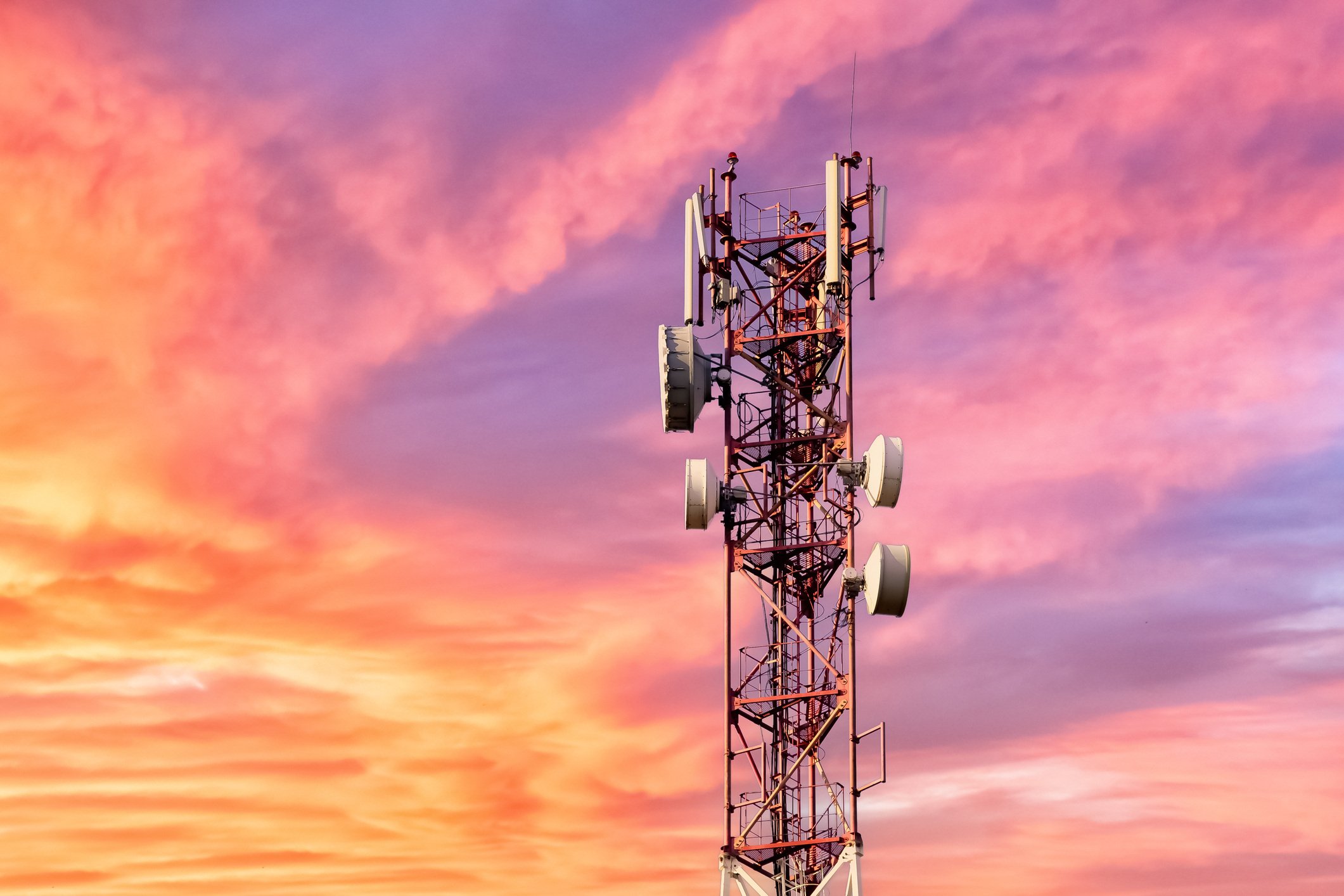
- April 2025 (2)
- March 2025 (2)
- February 2025 (1)
- December 2024 (2)
- November 2024 (2)
- August 2024 (2)
- June 2024 (3)
- May 2024 (3)
- April 2024 (1)
- March 2024 (3)
- February 2024 (2)
- January 2024 (2)
- December 2023 (1)
- November 2023 (2)
- October 2023 (2)
- September 2023 (1)
- August 2023 (1)
- July 2023 (2)
- June 2023 (3)
- May 2023 (2)
- April 2023 (1)
- March 2023 (4)
- February 2023 (1)
- January 2023 (2)
- November 2022 (2)
- September 2022 (1)
- August 2022 (2)
- July 2022 (2)
- June 2022 (2)
- May 2022 (1)
- April 2022 (3)
- March 2022 (1)
- February 2022 (3)
- January 2022 (2)
- December 2021 (1)
- November 2021 (1)
- October 2021 (2)
- September 2021 (3)
- August 2021 (1)
- July 2021 (4)
- June 2021 (1)
- May 2021 (2)
- April 2021 (2)
- March 2021 (2)
- February 2021 (3)
- January 2021 (3)
- December 2020 (1)
- October 2020 (1)
- August 2020 (1)
- August 2019 (1)
- January 2019 (2)
- September 2018 (5)
- June 2018 (1)
- November 2017 (1)
- September 2017 (1)
- July 2017 (1)
- May 2017 (1)
- January 2017 (1)
- October 2016 (2)
- August 2016 (1)
- July 2016 (1)
- June 2016 (1)
Subscribe by email
IoT connectivity management involves the administration of all the necessary devices, networks, and data to test, deploy, and support the devices companies roll out themselves or sell to customers. As IoT deployments scale, managing connectivity becomes increasingly complex, and the potential costs of mismanagement grow as well.
A comprehensive approach to IoT connectivity management should cover everything from initial device activation and managing SIM states to moving devices onto different rate plans and tracking data usage accurately for proper invoicing purposes. In the following article, we’ll break down what an IoT connectivity management platform is, the benefits of a CMP, and 10 key features to look for when evaluating IoT connectivity management platforms from vendors.
What is an IoT connectivity management platform?
A connectivity management platform provides visibility into and control over device SIMs and network connectivity through one central interface. These platforms serve as an administration tool to be able to activate or deactivate SIMs individually or in bulk and a business intelligence tool. For example, a connectivity management platform can tell you what regions your devices are deployed in or what data usage trends look like over time across all devices.
An IoT connectivity management platform is not the same as a SIM management portal provided by an individual carrier. The SIM management portal only allows you to manage a specific carrier’s SIMs. It limits devices to that carrier’s network and doesn’t give you the means to manage devices on other networks. So, if you are onboarding multiple carriers for global coverage, you would have to negotiate with each carrier independently and log into disparate platforms for administration.
Choosing a multi-carrier connectivity platform allows you to manage all of your devices through a single interface. This makes it easier for your Operations, Customer Service, and Billing teams to get a holistic sense of how the business is doing and reduce record-keeping errors.
Zipit’s multi-carrier connectivity management platform provides API integrations with the leading carrier platforms worldwide, so you can control IoT devices on networks like AT&T, T-Mobile, Verizon, Bell, Rogers, KPN, Vodafone, and others without logging in to multiple systems.
Benefits of a connectivity management platform
Reduce your operational workload and costs
A connectivity management platform saves time and resources by serving as the central place to control device activations and SIM management across one or more carriers. A CMP also distills important KPIs like data usage patterns over time. With Zipit’s platform, you can move devices between data plans, even high-data FWA plans, to optimize your costs. One Zipit customer even saved two business days each month that they previously would have spent logging into different platforms, manually calculating usage, and preparing invoices from scratch.
Deploy and scale devices efficiently
A connectivity platform facilitates easy device onboarding and provisioning through quick and efficient deployment of new devices onto the network. This accelerates time-to-market for IoT solutions and enhances scalability. When dealing with IoT deployments across diverse geographical areas, the platform enables redundant global connectivity. It simplifies the task of choosing optimal network providers and enhances device connectivity, even in remote regions.
Present real-time information about cellular networks and device connections
With a connectivity management platform, you can track performance and receive notifications on the status of all of your deployed devices across all carrier networks. This allows you to detect and resolve connectivity issues proactively, catch devices that are consuming more data than you planned for, and get a sense of which carrier networks are being leveraged by the majority of your customers.
Track data usage across all devices
A connectivity platform gives you insights into data usage per device, peak usage periods, and data distribution across devices. Armed with this intelligence, you can make better business decisions and do a better job of allocating resources.
Enhance the customer experience
By ensuring efficient device onboarding, reliable connectivity, and simple and flexible billing options, a connectivity management platform enhances the customer experience. This increases your customer satisfaction and loyalty and strengthens your brand reputation.
Maximize the value of your IoT devices
The ongoing costs you incur for connectivity make data monetization critical to your IoT business. Your connectivity management platform must support you in this endeavor. Through the Zipit platform, you can offer your customers subscription plans for value-added software and services and bill them automatically on a recurring basis. Your customers can easily change subscription plans or top-up on data mid-billing cycle through their customer portal as soon as they need. As your IoT activations grow, so will your recurring revenue.
10 features to look for in a connectivity management platform
The best connectivity management platform for your IoT devices will have several features that could help you optimize your operations, extract value from your services, and deliver an exceptional experience to your customers. Here are some key things to look for.
1. Fast activation and onboarding without carrier negotiations
First and foremost, the platform must be able to manage thousands of SIMs simultaneously, and you should be able to activate devices in large groups or just one at a time. Look for a platform that enables you to activate devices across more than one carrier, so you don’t need to go through complex negotiations with individual carriers each time you want to support devices in a new geography.
2. Supports high-usage data plan management
If your IoT solution requires high-usage data plans, commonly referred to as FWA or Business Internet plans, your connectivity management platform should allow you to manage these plans just as easily as traditional IoT plans. The reality is that not all wireless resellers or MVNOs have access to these plans, so only a select few may have the means to support high-usage data plan administration within their management platform.
3. Data usage tied to individual customers
A connectivity management platform should tie data usage to individual customers, granting you the ability to invoice customers through subscription billing. When your customer activates a device and starts their subscription, you capture their billing information, and the platform should automatically charge them at the end of each billing period. This capability ensures not only precise billing but also enhances transparency and trust, as customers have a clear view of their data consumption and associated costs.
4. Multi-carrier support for global connectivity
Opt for a platform that has already been integrated with the back-end systems from the top wireless carriers around the world, allowing you to accelerate onboarding for new carriers as you need them.
5. Support for various cellular technologies
A platform that supports various cellular technologies and multiple carriers is future-proof, allowing your deployments to seamlessly transition to newer, faster, and more efficient networks as they become available. With a platform that supports multiple technologies, you can choose the most suitable network for your devices based on coverage in various geographical locations. In scenarios where one cellular technology experiences disruptions, having the option to switch to an alternative ensures network redundancy and uninterrupted device connectivity.
6. Device usage monitoring
Robust monitoring capabilities allow you to track the usage patterns and connectivity status of individual devices. This feature assists in identifying potential issues, optimizing resource allocation, and ensuring the overall efficiency of your IoT network.
7. Flexibility
Look for a platform that offers flexibility in data plan customization and scalability so you can adapt to changing business needs, accommodate new devices, expand deployments, and adjust data plans as required.
8. Monitoring capabilities and alerts
Through your connectivity management platform, you should be able to identify disruptions in connectivity or irregular usage patterns so you can promptly respond to anomalies, minimize downtime, and optimize network performance.
9. API integration
Your connectivity platform should have powerful APIs to seamlessly integrate with other platforms, especially your own software application platforms. This allows you to synchronize data, automate processes, and enhance the overall efficiency of your IoT operations.
10. Straightforward end-user experience
Not only should your connectivity management platform be intuitive for you, but it should also provide a user-friendly customer interface for data plan management and billing. This ensures a positive experience for your customers and clients, reducing the learning curve and enhancing overall satisfaction.
Connectivity management and subscription billing with the Zipit Wireless IoT Platform
Zipit Wireless can provide your business with the competitive rate plans, connectivity management tools, and billing automation needed to connect and monetize your devices anywhere in the world, all managed through a single platform.
High-usage data plans: Because Zipit is an authorized connectivity reseller, we can provide you with plans in the 10GB, 50GB, 100GB range and beyond, and our platform allows you to activate, deactivate, and move devices across these plans efficiently.
Multi-carrier management: Whether activating a single device or thousands simultaneously, the Zipit platform also ensures rapid onboarding without the complexities of carrier negotiations. We handle carrier contracts on your behalf with our extensive network of carrier relationships and a platform that supports multiple carriers, languages, and currencies.
Insights for business growth: You receive insights into customer usage data, network connectivity, subscriber churn rate, and revenue tracking crucial for strategic decision-making and business growth.
Powerful APIs: Our platform’s APIs integrate with your software applications to optimize your workflow, so you don’t have to spend time and money creating integrations.
Subscription billing: The Zipit platform ties data usage directly to individual customers, so you can effortlessly bill them for the value you provide. You can offer subscription plans and customize pricing tiers to best suit your business and customer needs, and your customers can easily adjust their subscription plans through the customer portal. Billing and tax calculations are automated through our platform, and secure transactions are guaranteed in a PCI-compliant payment portal.
Contact Zipit Wireless to experience how we bring together connectivity and monetization under one powerful platform.
You may also like:
Related Content
The latest IoT insights and platform updates from Zipit.
IoT devices need flexible network technologies optimized for low-power application...
Every cellular-based IoT device relies on a public or private Access Point Name (A...
The network an IoT device selects significantly impacts the strength and reliabili...



